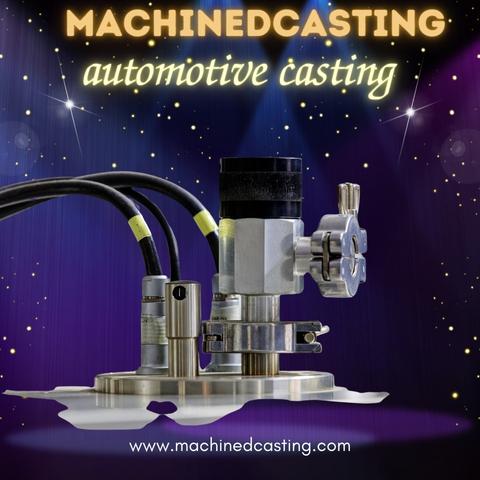Automotive casting is a crucial aspect of vehicle manufacturing, providing the foundational components necessary for building reliable and efficient automobiles. From engine blocks to transmission housings, casting techniques play a pivotal role in shaping the performance and durability of modern vehicles. In this guide, we delve into the intricate world of automotive casting, exploring the process, materials, and advancements that drive innovation in this field.
Understanding Automotive Casting: At its core, automotive casting involves pouring molten metal into a mold to create specific parts and components used in vehicles. The process begins with the design and fabrication of the mold, which is typically made from materials like sand, metal, or ceramic. Once the mold is prepared, the molten metal is poured into it and allowed to cool and solidify, taking the shape of the desired component.
Types of Casting Processes: There are several casting processes used in automotive manufacturing, each offering unique advantages depending on the requirements of the part being produced. Some common casting methods include:
-
Sand Casting: One of the oldest and most versatile casting techniques, sand casting involves creating a mold from compacted sand and then pouring molten metal into it. Sand casting is suitable for producing large, complex parts with intricate details.
-
Die Casting: Die casting utilizes reusable metal molds, known as dies, to produce high-quality, precise parts with tight tolerances. This process is ideal for mass production of components like engine blocks, transmission cases, and wheel hubs.
-
Investment Casting: Also known as precision casting, investment casting involves creating a wax pattern of the desired part, coating it with ceramic, and then melting away the wax to leave a hollow ceramic mold. Molten metal is then poured into the mold, resulting in highly detailed components with excellent surface finish.
Materials Used in Automotive Casting: The choice of materials for automotive casting depends on factors such as performance requirements, cost-effectiveness, and environmental considerations. Common metals used in casting include:
-
Aluminum: Lightweight and corrosion-resistant, aluminum is widely used in automotive casting for components like engine blocks, cylinder heads, and suspension parts.
-
Iron: Cast iron offers excellent strength and wear resistance, making it suitable for applications such as brake rotors, engine blocks, and differential housings.
-
Steel: Steel castings are valued for their durability and heat resistance, making them ideal for parts subjected to high temperatures and mechanical stress, such as exhaust manifolds and valve bodies.
Advancements in Automotive Casting: Recent advancements in technology have revolutionized the automotive casting industry, enabling manufacturers to produce lighter, stronger, and more efficient components. From computer-aided design (CAD) and simulation software to additive manufacturing techniques like 3D printing, modern casting processes are becoming increasingly precise and cost-effective.
Conclusion: Mastering the art of automotive casting requires a deep understanding of the various processes, materials, and technologies involved. By leveraging the latest advancements and techniques, manufacturers can produce high-quality components that meet the demanding requirements of today's automotive industry, driving innovation and performance in vehicles around the world.


